Today's research leadership is confronting extraordinary challenges:
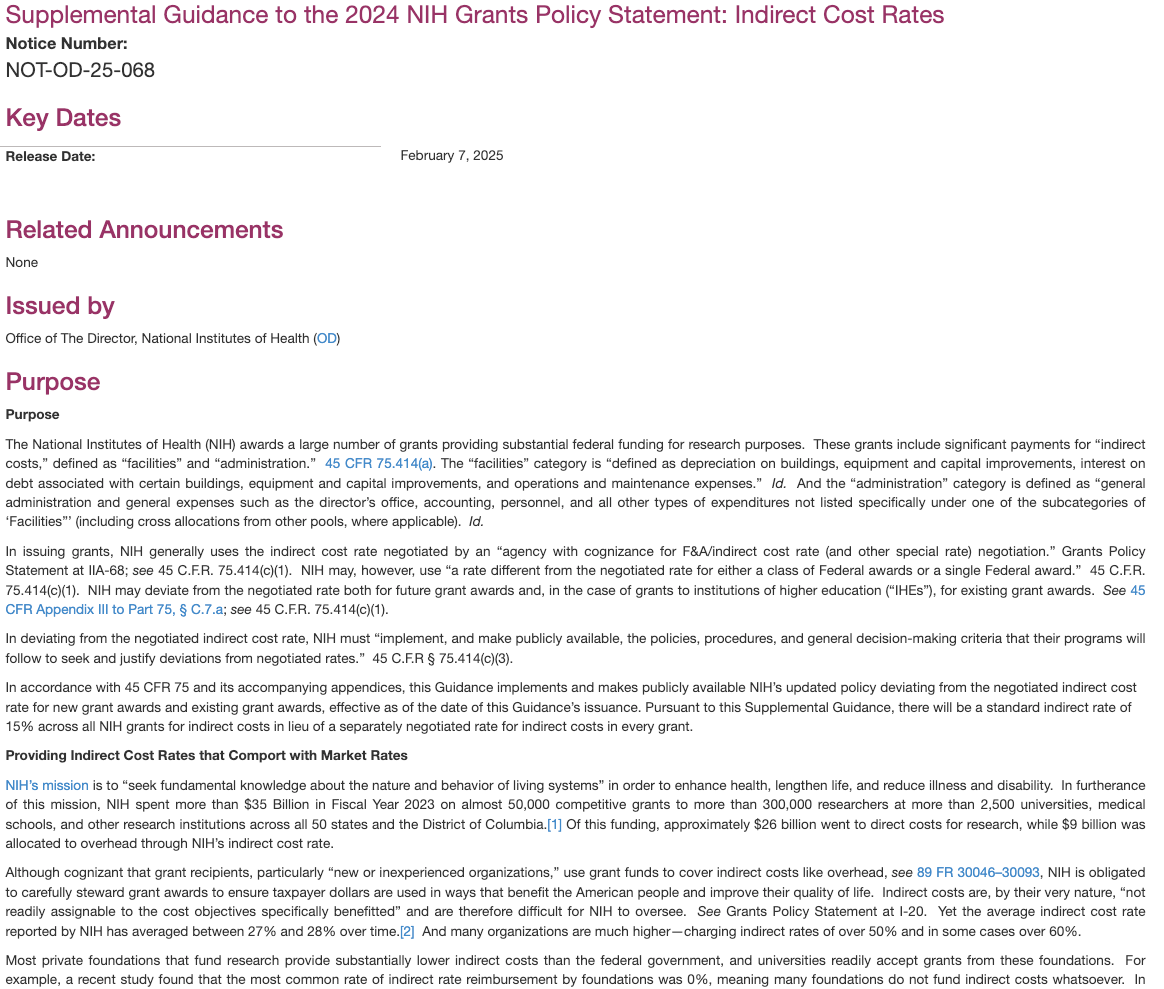
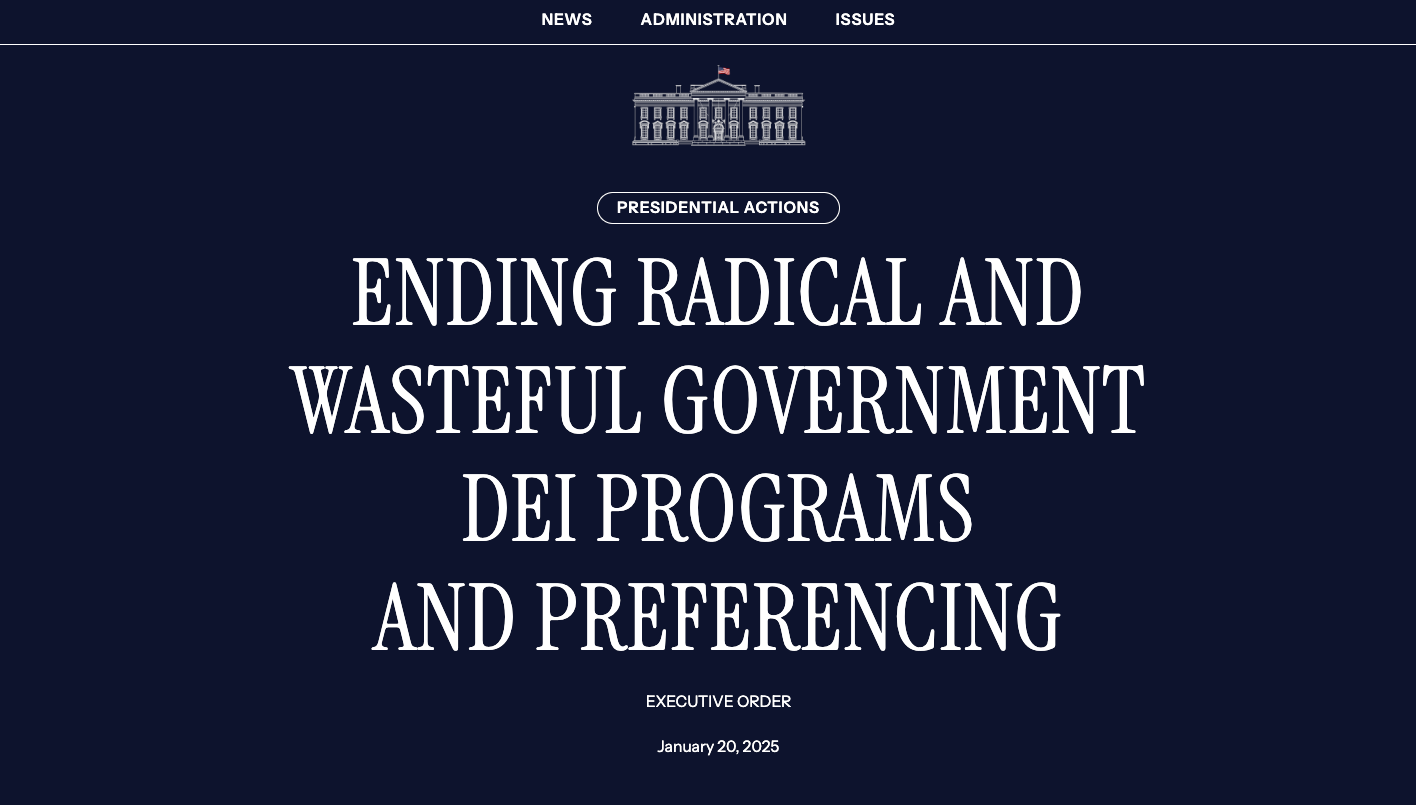
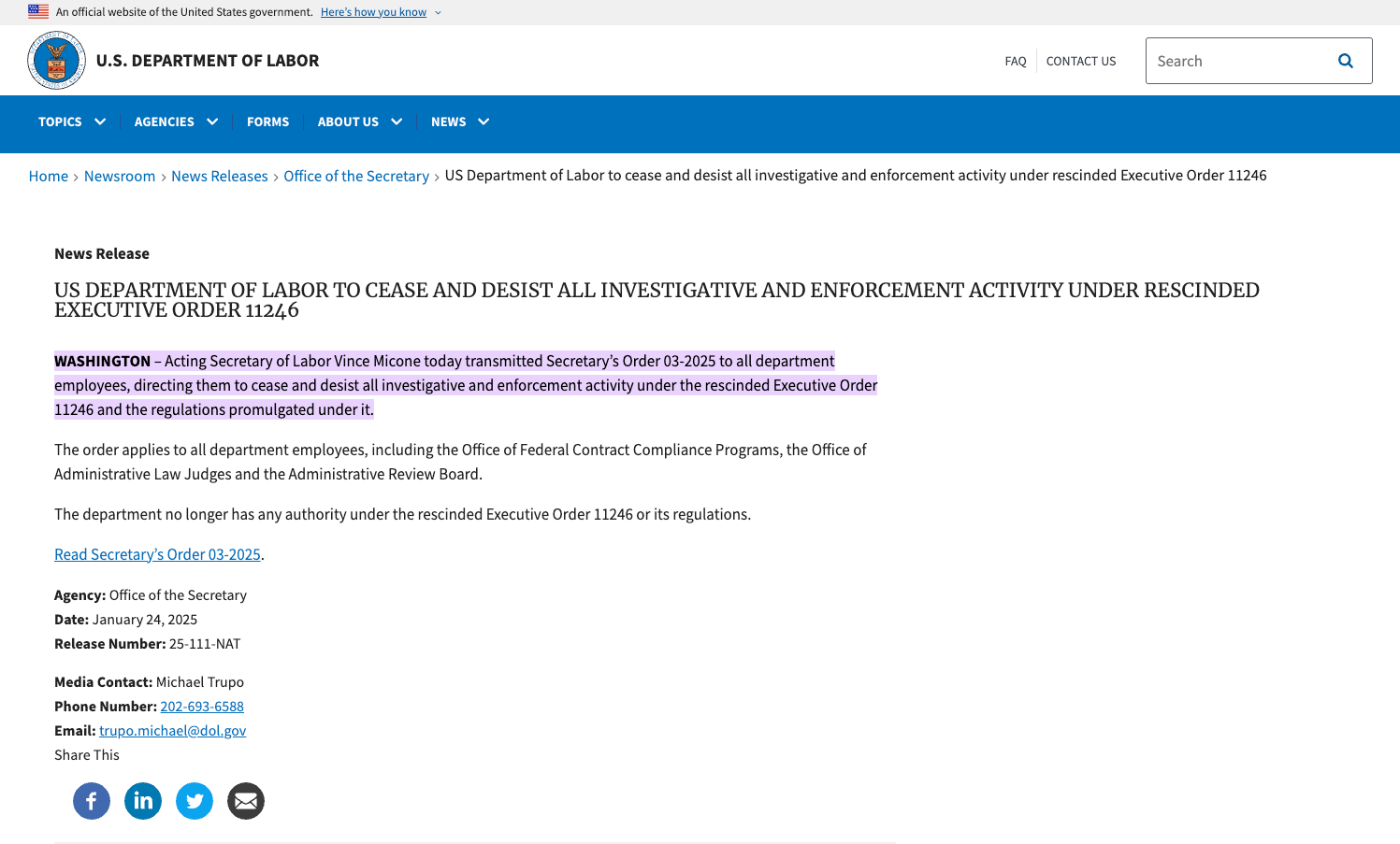
Federal Policy Shifts: Executive Order on DEI Programs Signals Major Changes in Research Administration
As the NIH reduces indirect cost rates to 15% and recent executive orders target DEI programs in federal funding (1,2), research leaders face an intensifying challenge: How do we advance science when the infrastructure supporting our researchers is being dismantled?
This content reflects my perspective, shaped by conversations with research leaders across various institutions and my own leadership experience in research condensed into a framework designed to address the following challenges:
- Restructuring operations amid reduced funding
- Developing compliant frameworks for advancing research
- Protecting our vital research workforce
Whether you lead a research group, an institution, or an organization, this practical framework is designed to help you navigate disruptions while safeguarding the integrity of science and scientists' well-being.
5R Framework for Research Leadership
From conversations with research leaders who are navigating these changes, I've observed that successful responses share common elements:
- Recognize | Drives the protection of vulnerable team members, particularly early-career researchers, who form the backbone of our research enterprise.
- Respond | Demands transparent communication about changes, impacts, and mitigation strategies.
- Realign | Requires building strategic partnerships and diversifying funding sources to create sustainable research models.
- Restructure | Focuses on creating shared infrastructure and optimizing resources across institutions and cross-sector organizations.
- Reinforce | Ensures continuous assessment and adaptation of these strategies to maintain scientific integrity and workforce stability.
These insights and my leadership experience form the 5R Framework for Research Leadership—a practical approach to leading through disruption while protecting research excellence and researcher well-being.
I've outlined key steps, providing an example for each of the 5Rs below:
Recognize
- Assess the disruption's immediate impact on research operations and teams
- Gather reliable, up-to-date information from trustworthy sources
- Evaluate vulnerabilities in funding, infrastructure, and personnel
Example: University of Michigan's Quick Assessment
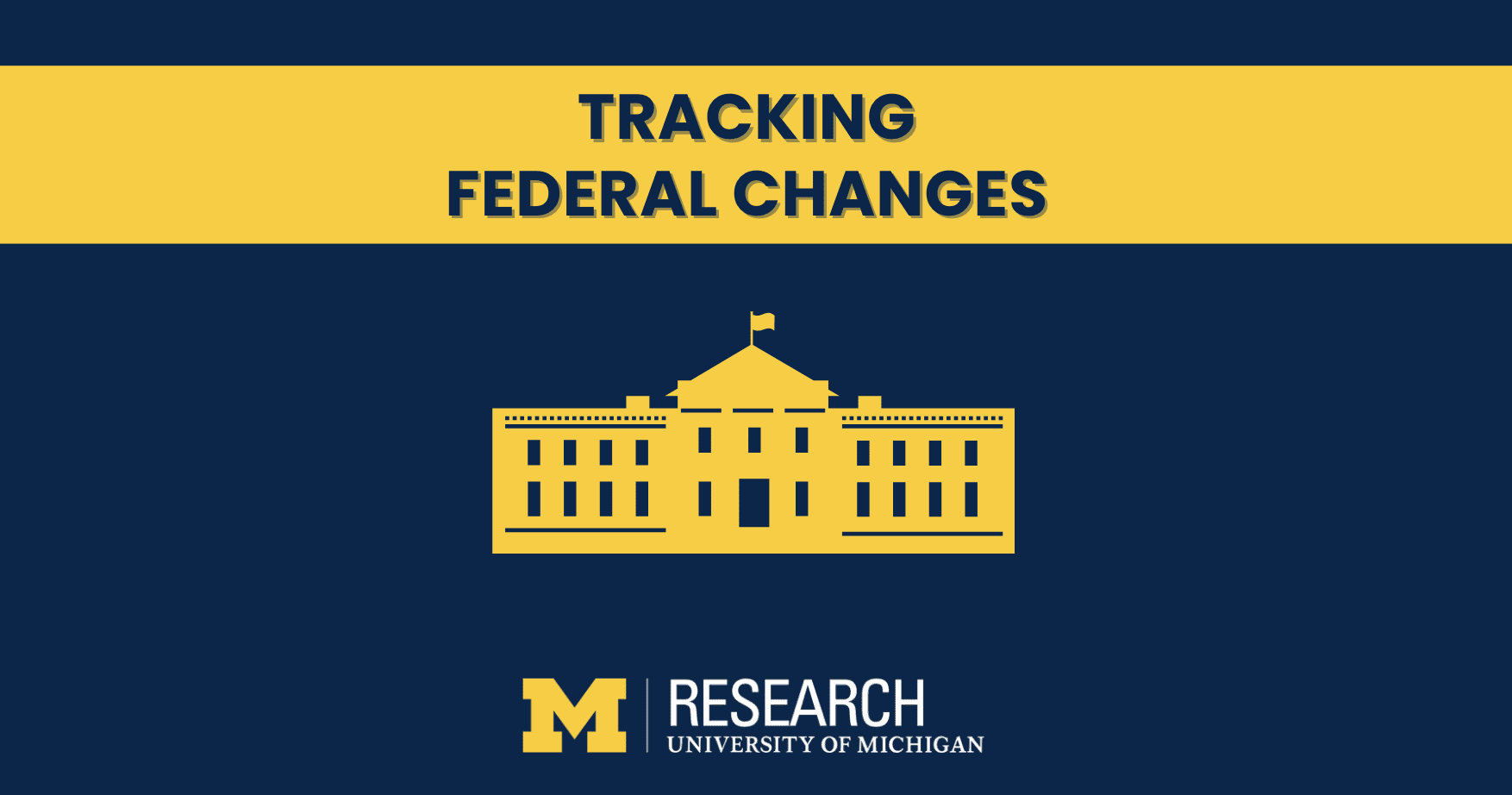
- Immediately identified the specific financial impact: current negotiated rate of 56% versus new 15% cap
- Clearly outlined affected areas: laboratories, research facilities, IT services, and administrative support for compliance
- Leadership acknowledged uncertainty while taking concrete steps:
- Engaged Office of Government Relations and Office of General Counsel
- Working with federal agency contacts to understand grant-specific implications
- Providing clear guidance to PIs about contacting program officers
OVPR is also working with our contacts at federal agencies to learn about implications for specific grants. Federal agency program officers have the authority, and the responsibility, to clarify whether a new federal directive applies to a grant.
Respond
- Make timely, transparent decisions even with incomplete information
- Implement immediate protective measures for vulnerable team members
- Create emergency bridge funding or resource allocation plans
Example: University of Wisconsin-Madison's Immediate Action
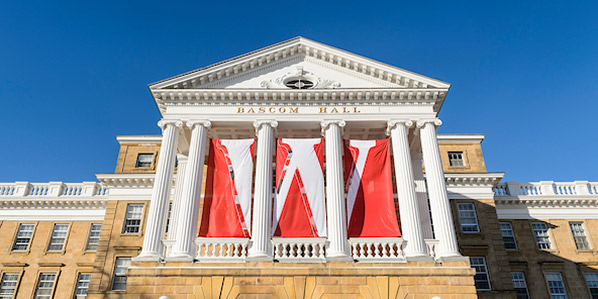
- UW-Madison spends $18.8 million weekly on federally funded research that could be affected
- The university immediately evaluated impacts on research activities, student opportunities, and infrastructure
- Chancellor Mnookin has directed a working group on emerging federal issues to track and assess relevant changes
In the short term, we’ve asked faculty and staff on federally funded projects to continue their important work (unless they receive a stop work order, with which they must comply) but to be cautious about making new commitments with federal funds given the substantial uncertainties we face. - Chancellor Mnookin
Realign
- Identify organizations with shared values and complementary missions
- Build multi-institutional or cross-sector collaborations to share infrastructure and expertise
- Develop strategic partnerships to pool resources and maximize capabilities
Example: Brown University Leads Multi-Institutional Research Consortium Amid Federal Funding Uncertainty

- Brown serves as lead institution for a 10-member consortium including public and private institutions
- The collaboration manages $4.7 million in NASA funding (2020-2025)
- Partner institutions include Bryant University, Community College of Rhode Island, Providence College, Rhode Island College, University of Rhode Island, Roger Williams University, Salve Regina University, Wheaton College, and the Museum of Natural History & Planetarium
Brown works in partnership with the federal government in its research endeavors, and the institution shoulders a substantial portion of the research costs. In fiscal year 2024, Brown's total Research & Development expenditures totaled over $374 million, with Brown contributing $69.8 million. - Gary Hirth, VP for Research
Restructure
- Consolidate research facilities and equipment across departments
- Create shared service centers for critical research infrastructure
- Implement cost-saving measures through vendor renegotiations
Example: Michigan State University's Consolidation and Shared Services Approach

MSU launched the Shared Research Infrastructure Program (SRIP) which:
- Consolidates research resources across departments
- Creates shared research cores and computing resources
- Implements strategic investment decisions for university-wide research infrastructure
To advance our research infrastructure, we need to understand where investment opportunities are and the SRIP program allows us to do just that. We want to have the maximum impact for as many researchers and students as we can to continue advancing innovative research for the long term at MSU. – Kay Connelly, Associate VP for Research
Reinforce
- Maintain transparent communication about changes and progress
- Create forums for addressing concerns and gathering feedback
- Establish systematic review processes to evaluate effectiveness
Example: The University of Utah Leads Proactive Response to Federal Funding Changes Through Multi-Channel Communication Strategy

- Regular updates through a dedicated VPR website providing real-time information on federal funding changes
- Direct agency-specific communications to Principal Investigators through the Office of Sponsored Projects
- Establishment of dialogue channels between researchers and assigned OSP officers
- Creation of systematic feedback mechanisms for their research community
The University of Utah's status as an R1 institution reflects our extensive portfolio, which spans from creative arts and healthcare to air quality and the Great Salt Lake. As the state's flagship university, we strive to tackle critical research needs and solutions that benefit Utahns and communities across the state. – Erin Rothwell, VP for Research
If you know of one, please click here to send it.
How can this framework be applied to address key questions concerning research leadership?
To demonstrate utility, I've applied this 5R Framework for Research Leadership to address three key questions directly related to top challenges research leaders are facing in light of changes to federal funding administration:
How do we create a sustainable operational model that maintains research excellence with significantly reduced infrastructure funding?
RECOGNIZE
Research institutions can immediately assess the impact of reduced/retracted infrastructure funding:
- Evaluate current indirect cost recovery and its impact on operations
- Document infrastructure dependencies and critical services
- Identify vulnerable programs and personnel
RESPOND
Quick actions are needed to protect core research capabilities:
- Create emergency bridge funding programs for critical research
- Implement immediate cost-saving measures through vendor negotiations
- Maintain essential research support services while developing alternatives
REALIGN
Institutions can forge strategic partnerships to maintain research capacity:
- Build multi-institutional collaborations to share infrastructure costs
- Develop partnerships with the private sector and foundations
- Create research networks to share specialized equipment and expertise
RESTRUCTURE
Operations could be reorganized for efficiency:
- Consolidate research facilities across departments
- Create shared service centers for critical infrastructure
- Implement cost-effective research methods and open-source solutions
REINFORCE
Sustainable excellence requires ongoing adaptation:
- Establish systematic review processes for evaluating effectiveness
- Maintain clear communication about changes and impacts
- Create feedback mechanisms to identify emerging challenges
The key to success may lie in maintaining research excellence while adapting to reduced infrastructure support. This could entail balancing immediate cost reductions with long-term sustainability through strategic partnerships, resource optimization, and diverse funding streams.
Research leaders may recognize that this transition requires immediate action and long-term planning. The focus could be on protecting core research capabilities while collaborating and innovating to build more sustainable operational models.
What is our legal and ethical framework for fostering an inclusive research environment within new policy constraints?
RECOGNIZE
Research organizations must identify the following by April 21, 2025:
- Core research values that advance scientific excellence through broad participation
- Essential programs that demonstrably improve research outcomes
- Areas where merit-based approaches can strengthen research quality
RESPOND
Transform current programs to ensure compliance while advancing research:
- Shift from demographic targets to merit-based selection criteria
- Focus on expanding access to research opportunities
- Strengthen mentorship and professional development programs
REALIGN
Build stronger research environments through:
- Partnerships that expand participant pools and research perspectives
- Collaborations that enhance research quality through diverse expertise
- Networks that broaden access to research resources and opportunities
RESTRUCTURE
Strengthen research excellence through:
- Clear documentation of merit-based selection processes
- Systematic review protocols that ensure research quality
- Transparent decision-making frameworks that advance scientific integrity
REINFORCE
Maintain research excellence through:
- Regular assessment of research outcomes and impact
- Clear documentation of program effectiveness
- Systematic evaluation of research quality metrics
Research leaders can advance inclusive, ethical research while maintaining federal compliance by focusing on merit-based excellence that expands access to research opportunities and strengthens research quality through diverse expertise and perspectives.
Success could include systematic documentation of selection processes, clear evaluation metrics, and transparent decision-making frameworks demonstrating how broader participation enhances research outcomes and scientific integrity.
How can we protect and support our research workforce through this transition?
RECOGNIZE
Research institutions can immediately assess workforce vulnerabilities:
- Identify early-career researchers and postdoctoral fellows most at risk
- Evaluate critical support staff positions essential for research continuity
- Document infrastructure dependencies that affect research teams
RESPOND
- Use evidence-based practices across sectors to inform responses
- Co-create initiatives and plans with faculty and staff to support salary research continuity
- Communicate how these initiatives will help maintain momentum during funding gaps
REALIGN
Research institutions can create sustainable support systems:
- Establish mentoring programs with protected time allocations
- Create opportunities for early-career researchers to join supervisory teams
- Build cross-institutional collaborations to share resources
STRUCTURE
- Support integrated research and career development plans
- Provide mentorship components
- Create supportive academic communities
REINFORCE
- Regularly assess support program effectiveness
- communicate available resources
- Systematically review processes to evaluate outcomes
The key to protecting our research workforce is balancing immediate support with long-term sustainability. While the current situation presents significant challenges, institutions implementing comprehensive support strategies will be better positioned to maintain research excellence while protecting their most valuable asset - their people.
Looking Ahead: Policy Implementation and Updates
The landscape of research leadership continues to evolve as institutions navigate recent policy changes. A critical milestone approaches on May 21, 2025, when the Attorney General must submit an enforcement plan detailing:
- Implementation guidance for executive orders
- Criteria for civil compliance investigations
- Enforcement priorities and timelines
- Requirements for federal contractor certification
This report will provide essential clarity for research institutions about:
- Specific compliance requirements
- Enforcement mechanisms
- Documentation standards
- Certification processes
Updates to this framework and emerging examples of effective leadership responses will be posted here as institutions develop and implement strategic solutions. Follow Cuvette Collective for the latest insights on protecting research excellence and supporting research teams through this transition.
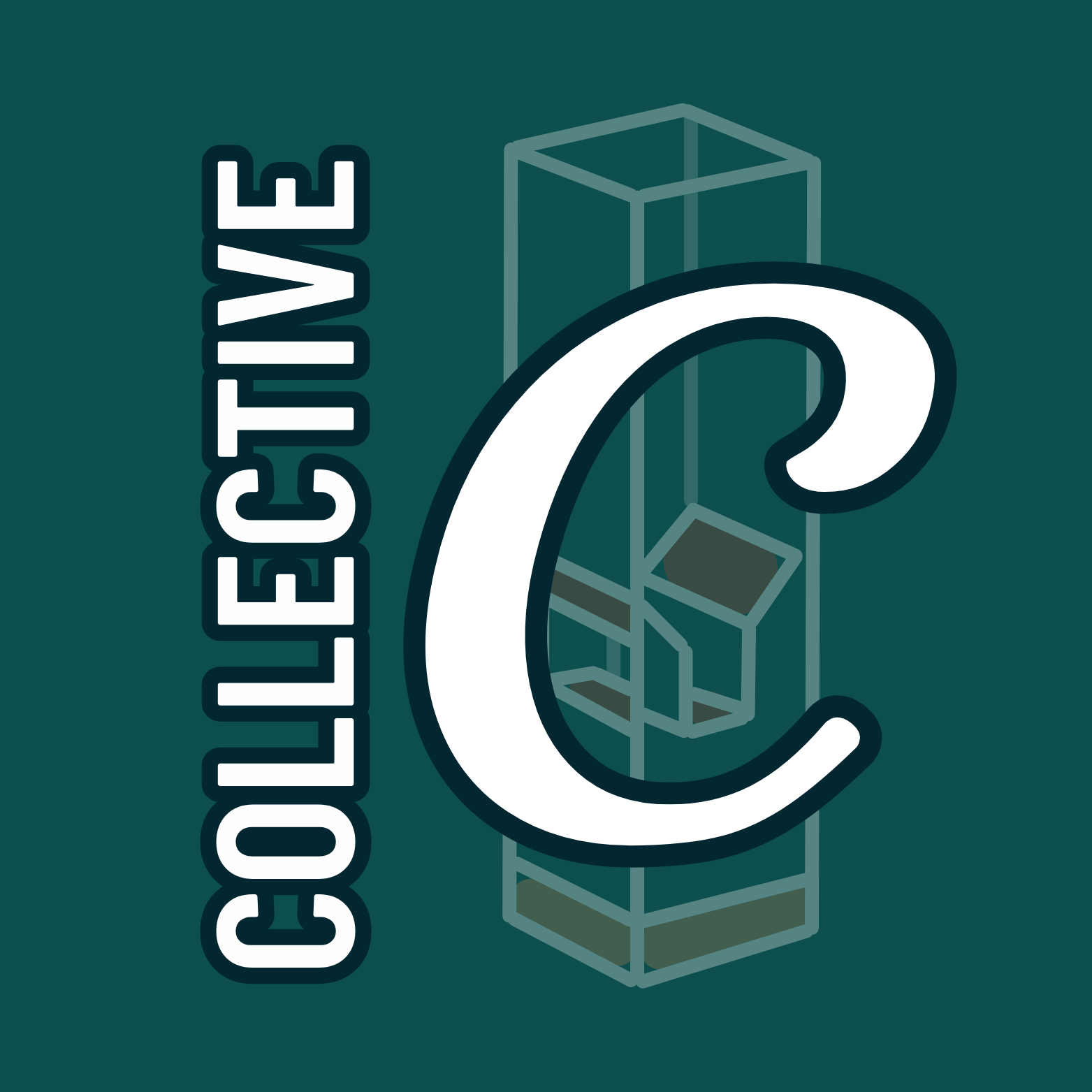
If you're a research organization looking for professional support addressing these matters:
Please review our mission and consider partnering with Cuvette Collective.
Learn More: Partnering with Cuvette Collective

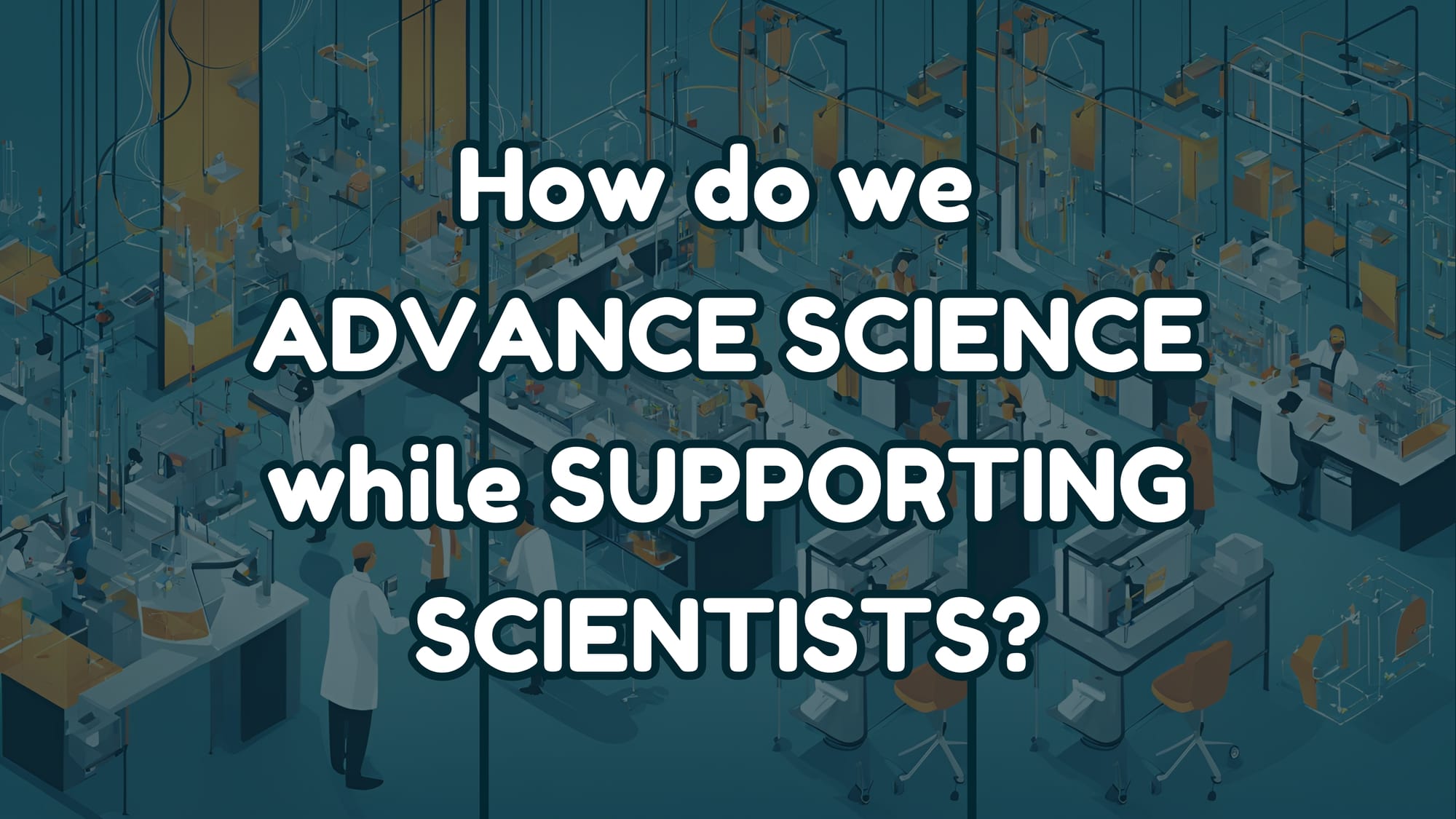








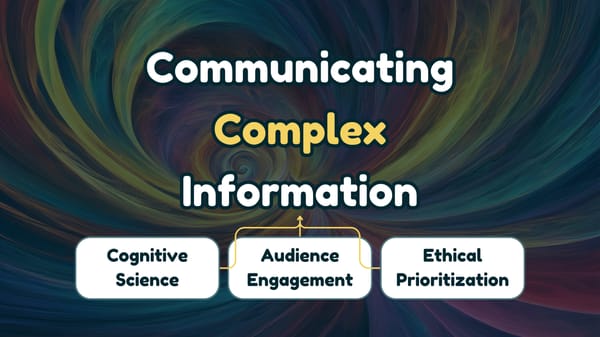
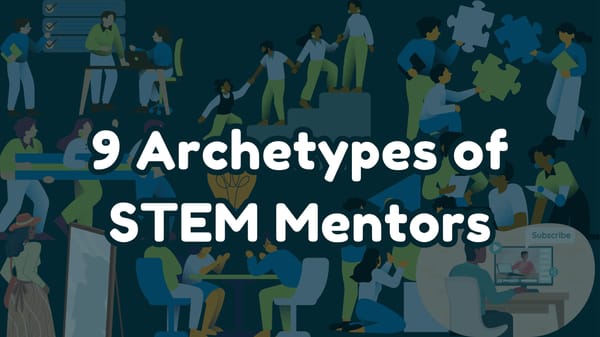
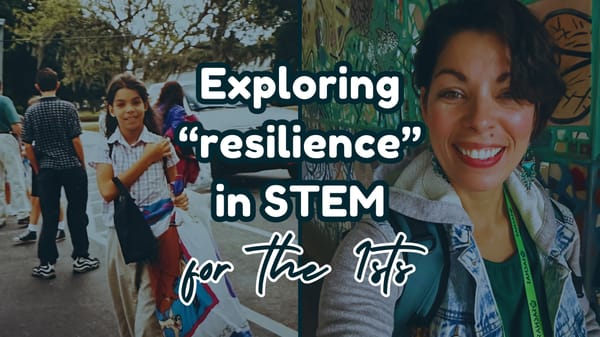
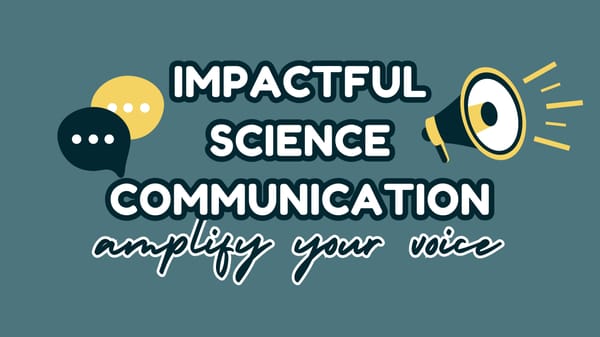
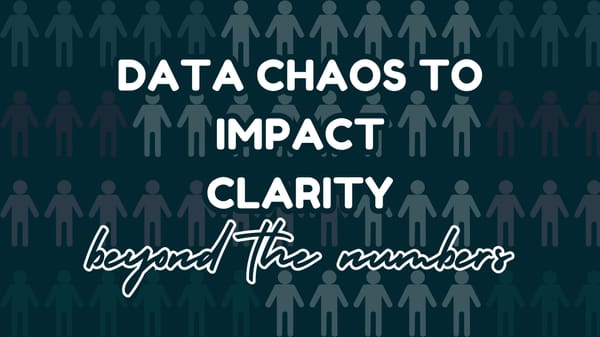
Member discussion